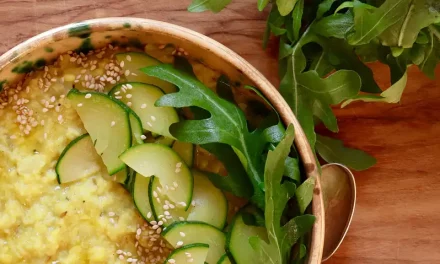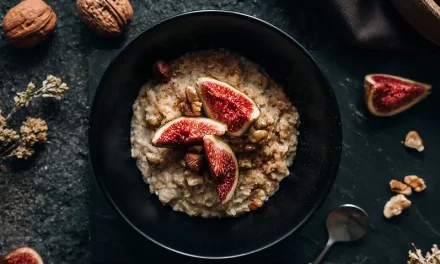Finally the long awaited spring is there! The first warm rays of sunshine, fresh and crisp new vegetables, birds chirping on the balcony – we can smell it, taste it, feel it, see it and hear it. According to the Ayurvedic view, every change of season should be accompanied by physical and mental balancing measures so that we experience the transition into the next season in a healthy and powerful way. Disorders that can arise in spring due to increased Kapha include sinusitis, hay fever, and springtime fatigue.
That is why Ayurveda recommends taking measures to lower Kapha at the end of late winter and in spring. All reducing measures are most effective in the morning, as the first third of the day is entirely under the influence of Kapha. An Ayurvedic morning routine is always recommended, but especially so in spring.
- Get up early in the spring: The best time is just before six o’clock – with the beginning of Kapha time. Clean the tongue with a tongue scraper to prevent waste products formed overnight from returning to the body.
- Oil pulling: Chew and gargle 1 tablespoon of sesame oil for about 5 minutes. This cleanses and nourishes the entire mouth. Spit it out afterwards and brush your teeth.
- Nasal rinse: Ideally suited for spring is a regular nose cleaning. To do this, run lukewarm, lightly salted water through the nasal passages using a neti pot or nasal douche. This loosens and rinses out accumulated mucus. Then put two to three drops of sesame oil into each nostril and massage it in a little.
- Drink one or two glasses of hot water or ginger tea.
- In spring, oil massages are less indicated, especially for Kapha constitutions and when metabolic waste products (Ama) are present. Then a stimulating full body dry massage with silk gloves (Garshan) is very suitable. Vatas are welcome to oil themselves with warm sesame oil afterwards.
- Ideally, you should plan a small exercise program of 15-30 minutes in the morning. Do what brings you joy – preferably in the fresh air. Feel free to work up a little sweat. When you are warm and feel yourself and your body well, you can end the session with a little meditation. Start with a few minutes and increase it a little each day. Afterwards, you can treat yourself to a hot shower.
- The ideal breakfast in spring is warm and easy to digest. For example, a porridge made of millet semolina, rice flakes or amaranth with dried fruit, honey (not heated) and warming spices such as cinnamon, nutmeg and ginger is particularly suitable. Cow’s milk should be used sparingly in spring; rice milk or water are better now. If you prefer a hearty breakfast, you can enjoy warm whole-grain toast with a green, vegetable spread and cress. If you do not feel hungry, you should not eat anything. In spring, there’s nothing to stop you from enjoying a coffee or espresso. Please consume vatas and pittas only in moderation!
This morning routine supports you in reducing an excess of Kapha or Ama. It will make you feel lighter, clearer and more vital – physically, but also mentally. This is because routines have a grounding and stabilizing effect, giving us a sense of security and permanence. Now you can start the day full of energy. We wish you a beautiful springtime full of light and new zest for life!















